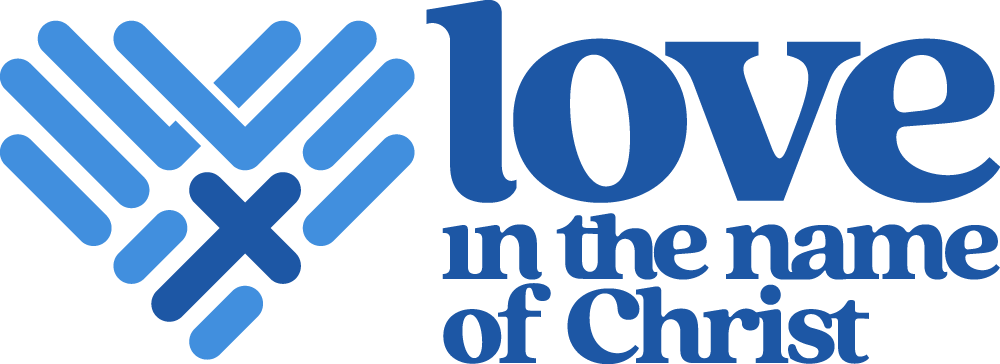With an abundance of platforms available, every with its own unique strengths, it can be challenging to determine which one aligns greatest with your small business goals, audience, and budget. This guide will walk you through the essential considerations and key features of popular platforms, helping you make an informed choice to maximise your marketing efforts.
1. Determine Your Advertising Goals
Earlier than diving into the specifics of assorted platforms, it’s crucial to define what you hope to achieve with your campaign. Goals can differ widely, but some widespread ones include:
– Brand awareness: Increasing your brand’s reach to a larger audience.
– Lead generation: Capturing contact information for potential customers.
– Conversions: Driving sales, app downloads, or sign-ups.
– Engagement: Encouraging interactions like likes, shares, or comments.
– Retargeting: Re-engaging customers who have already shown interest in your products or services.
Your goals will influence which platform is greatest suited to your needs. For example, if brand awareness is a priority, platforms with intensive reach, like Facebook or Google Ads, are ideal. Meanwhile, for e-commerce conversions, Instagram or TikTok could be efficient for targeting younger demographics.
2. Understand Your Viewers Demographics
Each advertising platform attracts completely different types of customers, making audience demographics a critical factor. Here’s a quick breakdown of popular platforms and their general audience:
– Facebook: With over 2.9 billion monthly active customers, Facebook remains a popular choice for advertisers seeking a broad, diverse audience. Its user base is spread across age groups, making it perfect for brands with a wide-reaching product line.
– Instagram: Owned by Facebook, Instagram appeals to a younger, visually-oriented audience. It is particularly popular among users aged 18 to 34, making it effective for fashion, lifestyle, and beauty brands.
– Google Ads: As the go-to search engine, Google lets you reach users actively searching for products or services like yours. It’s well-suited for keyword-pushed advertising targeting individuals with particular wants or interests.
– TikTok: This brief-form video platform has taken off with Gen Z and Millennials. Brands targeting youthful audiences or promoting visually engaging products can find success here.
– LinkedIn: As the leading platform for professionals, LinkedIn is ideal for B2B campaigns and industries like finance, technology, and education.
By understanding the place your audience spends their time online, you can slim down which platform is best suited for your advertising.
3. Consider Your Budget
Budget is another significant factor in platform selection. Some platforms, like Facebook and Google Ads, allow campaigns with minimal day by day budgets, making them accessible to smaller businesses. Nevertheless, sure platforms yield higher prices-per-click (CPC) and ought to be chosen with budget constraints in mind.
– Facebook and Instagram Ads: With customizable day by day budgets, these platforms are ideal for each small businesses and huge enterprises. In addition they offer sophisticated targeting options, helping to make probably the most of smaller budgets.
– Google Ads: Value-per-click can vary significantly based on the competitiveness of keywords. Nonetheless, it’s highly efficient for search-based mostly intent, so companies with a larger budget might discover Google Ads a worthwhile investment.
– LinkedIn Ads: LinkedIn tends to be one of many more costly platforms, with higher CPCs, however it can yield robust outcomes for B2B campaigns or highly focused professional audiences.
Evaluate your budget and determine which platform provides the very best worth per dollar spent. Many businesses start with low budgets on a number of platforms to test performance earlier than committing totally to one.
4. Evaluate Platform Options
Different platforms offer unique advertising formats and features. Consider which formats best showcase your brand and resonate with your audience:
– Facebook: Supports image, video, carousel, and slideshow ads. Its audience targeting options are highly advanced, enabling marketers to reach specific demographics, interests, and behaviors.
– Instagram: Known for its visual appeal, Instagram works well with image and video ads. Additionally, Instagram Tales and Reels are efficient for engaging younger users.
– Google Ads: Gives text ads in search results, display ads on partner websites, shopping ads for e-commerce, and video ads on YouTube.
– TikTok: Primarily video-based, TikTok ads require a concentrate on storytelling and creativity. It’s finest for brands willing to experiment with trends and authentic content.
– LinkedIn: LinkedIn ads are typically text-primarily based or sponsored content within users’ feeds, making it suitable for promoting articles, white papers, and different business-oriented content.
Consider the ad formats each platform provides and choose those who greatest showcase your brand’s strengths.
5. Test and Analyze Results
When you’ve chosen a platform and launched your campaign, it’s vital to monitor its performance. Analyzing metrics resembling click-through rate (CTR), conversion rate, and return on ad spend (ROAS) might help you understand which platform is yielding the best results. This data lets you refine your strategy and optimize future campaigns.
Many platforms provide in-depth analytics to track campaign performance:
– Facebook Ads Manager affords insights on engagement, attain, and conversions.
– Google Analytics can track user conduct in your website and measure conversion rates.
– LinkedIn Campaign Manager provides performance metrics for B2B campaigns.
Based on this information, consider reallocating your budget to the simplest platforms or experimenting with completely different ad formats.
Conclusion
Choosing the right on-line advertising platform requires a transparent understanding of your goals, audience, budget, and content format. By aligning these factors with the strengths of every platform, you’ll be able to create a centered, effective advertising strategy that maximizes your investment. Often analyzing and adjusting your campaigns will further guarantee sustained success in reaching and engaging your audience.
In case you have almost any concerns relating to in which and the way to utilize best monetization platform, you can contact us with the webpage.

